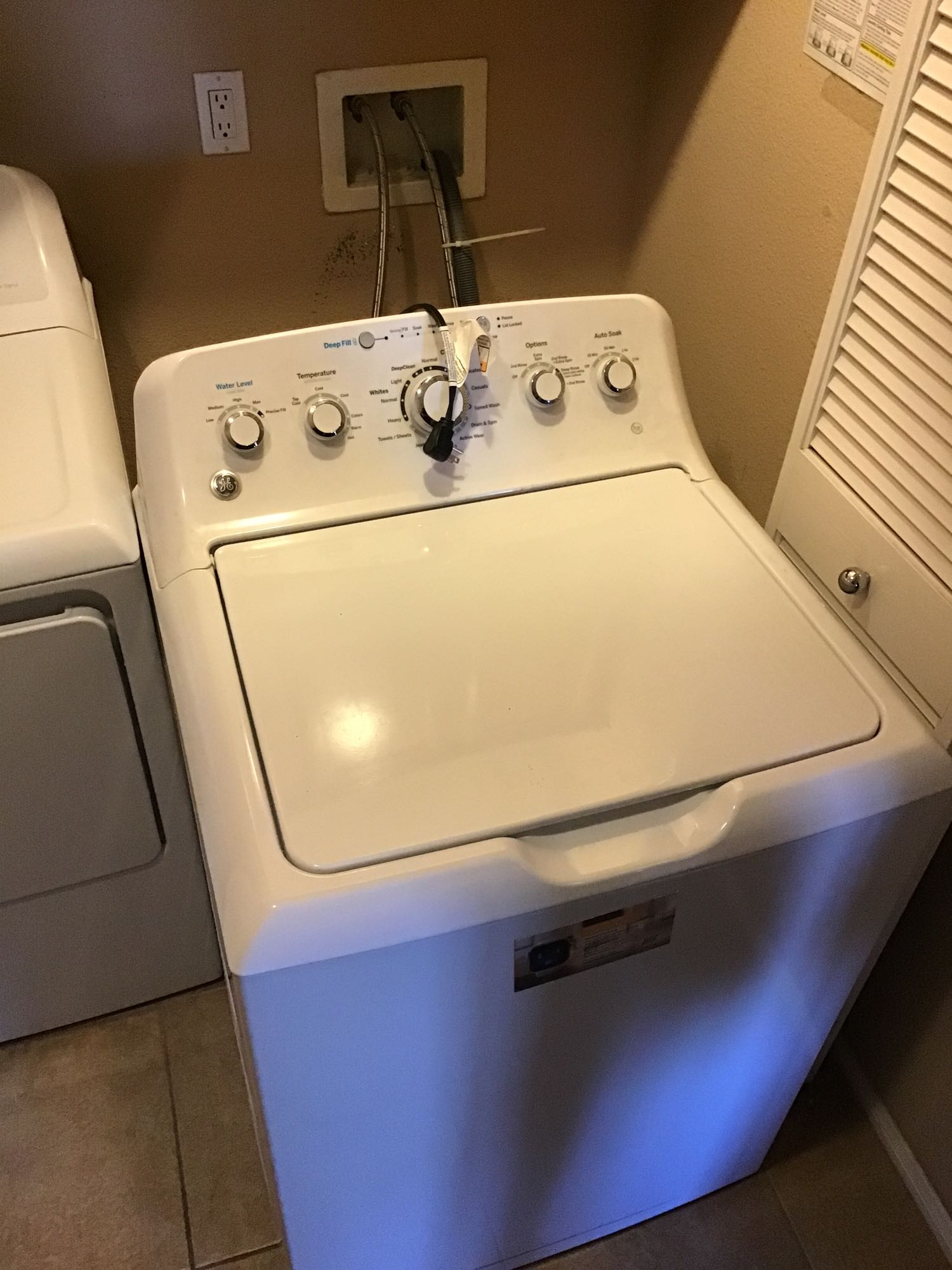A washing machine leaking from the bottom can be one of the most frustrating and alarming household issues. You may notice a small puddle under the washer after a cycle or even water seeping across the floor. Not only is this a sign of malfunction, but if left unaddressed, it can cause serious water damage to your flooring and surrounding areas. Two of the most common culprits behind such leaks are a worn-out tub seal or a damaged hose connection. Understanding these problems and knowing how to deal with them is key to keeping your appliance in good working order.
1. Identifying the Source of the Leak
Before jumping to conclusions, it’s essential to identify where the water is coming from. Start by running a short cycle while observing the washer.
- Front-load washers: Water may pool near the door or leak from the bottom front panel.
- Top-load washers: Water often drips from underneath the tub or at the back where the hoses are connected.
If water is consistently appearing underneath the washer, the issue likely lies inside the machine, possibly with the tub seal or hose system.
2. Worn-Out Tub Seal
The tub seal (also called the main seal) is a rubber gasket that prevents water from leaking out of the tub where the transmission shaft passes through. Over time, due to detergent residue, friction, and normal wear, this seal can crack or deteriorate.
Symptoms of a worn-out tub seal include:
- Water dripping directly from the center of the washer bottom.
- Leaking only during the wash or spin cycles.
- Unusual noise from the bearing area (a failing seal can damage bearings too).
Why it happens:
The seal is exposed to constant moisture and detergent, which eventually cause the rubber to lose elasticity. Once it wears out, water begins seeping through the center post during agitation or spinning.
How it’s repaired:
Replacing a tub seal is not a simple DIY job. It requires disassembling much of the washer’s lower assembly. In most cases, it’s best to call a professional technician to ensure correct installation. Attempting to do it yourself without proper tools could lead to further leaks or damage to the bearing system.
3. Damaged Hose Connection
The next likely cause is a damaged or loose hose connection. Your washer has several hoses — including the inlet hoses that bring water into the machine, the drain hose that removes dirty water, and internal hoses that circulate water between the tub, pump, and detergent dispenser.
Signs of hose connection issues include:
- Water leaking from the back or underside of the washer.
- Wetness near hose joints or clamps.
- Intermittent leaks depending on the cycle stage.
Causes of hose damage:
- Over time, rubber hoses can become brittle, crack, or loosen at the connection points.
- Improper installation or excessive vibration during spin cycles can cause clamps to loosen.
- Corrosion or limescale can also weaken connections.
Fixing the problem:
You can inspect external hoses visually for cracks or loose fittings. Tighten any loose clamps and ensure hoses are not kinked or crushed. However, if the leak is internal or the hose shows visible wear, replacement is necessary.
4. Preventing Future Leaks
Once the problem is fixed, you’ll want to take steps to prevent future issues:
- Inspect hoses regularly: Replace them every 3–5 years, even if they appear fine.
- Avoid overloading: Heavy loads strain internal seals and connections.
- Use the right detergent: Excess suds can stress seals and cause moisture buildup.
- Check for vibration: Make sure the washer is level to prevent hose loosening.
Routine maintenance can save you from costly repairs and extend the life of your washer.
5. When to Call a Professional
If your washer is leaking and you’ve ruled out simple external causes, it’s time to call a professional. A trained technician can quickly identify whether the issue is with the tub seal, pump, or internal hose system.
Ignoring leaks can result in:
- Mold or mildew growth under the appliance.
- Damage to floors and cabinetry.
- Electrical short circuits due to water exposure.
Professional repair ensures safety, accuracy, and long-term reliability.
A leaking washing machine is not something to ignore. Whether it’s a worn-out tub seal or a damaged hose connection, addressing the issue promptly can prevent larger, more expensive repairs.
If your washer is leaking from the bottom, don’t risk further damage or attempt complicated repairs yourself. Contact the experts at Home Appliance Service Center. Our experienced technicians provide reliable diagnostics and professional repair for all washer brands and models.
Call Home Appliance Service Center today to schedule your washer repair and restore peace of mind. Fast, dependable service is just one call away!
Contact us
 619-928-5000
619-928-5000  Request Service
Request Service 
